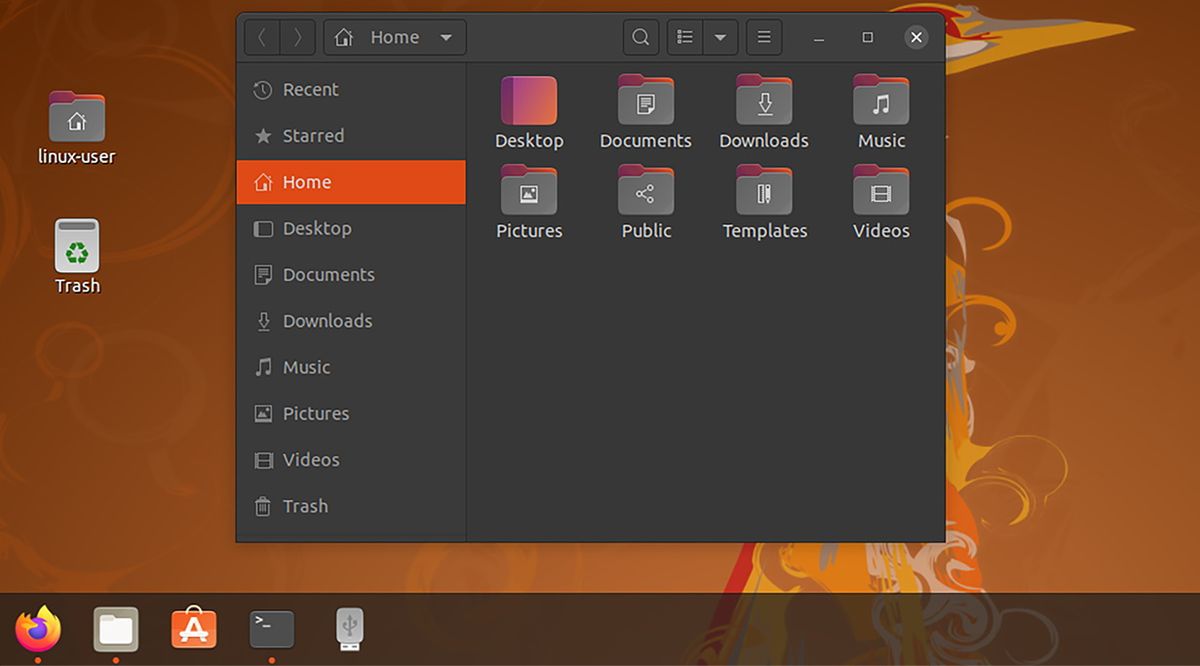

- #Recursivly find file linux how to
- #Recursivly find file linux mac os x
- #Recursivly find file linux download
If you need to handle those, just use the diff -r approach above. Note that this assumes file names with no newline characters. Then, you can remove the dir1/ and dir2/ using sed, and compare the output of two directories using process substitution in a shell that supports it: $ comm -3 <(find dir1 -type f | sed 's|dir1/||' | sort) <(find dir2 -type f | sed 's|dir2/||' | sort) That said, the way to get a list of files is find: $ find dir1 -type f If I now run diff -qr ( -r for "recursive" and -q to only report when the files differ, and not show the actual differences) on the two directories, I get: $ diff -qr dir1/ dir2/ You don't need any of that, just use diff -qr dir1 dir2. (or NUL-delimited so it can be post-processed by adding the -N option). Now, you can compare the list with: list() )Īnd do what you have to do with those arrays, like print them raw on 1 Column with: print -rC1 - $array
#Recursivly find file linux mac os x
To get the files of type directory, you can do: find dir1/ -type dĪnd for files of any other type: find dir1/ ! -type d 10 Answers Sorted by: 181 This command will do it (tested on both Mac OS X Lion and Kubuntu Linux). glob qualifier, maybe what you meant by file), but also symlinks ( -type l / devices, fifos, sockets. Other types of files include regular files ( -type f. With find, you can search for them with -type d, or use the / qualifier in zsh globs. We’ll learn more about these types of commands in our next Linux post.Note that directories on Unix are just one of many types of files. You can also specify directory name, by using the following command – $ grep -r -l "linux" /path/to/dir/*.cĬongratulations! Now, you know “How to Recursively Search all files for a string on a Linux”. To display print only filenames with GNU grep, use the following command – $grep -r -l "linux" Zookeeper_installation.htm:$ tar -zxf jdk-8u60- linux-圆4.gz
#Recursivly find file linux download
Please download the file on your machine. Zookeeper_installation.htm:The latest version (while writing this tutorial) is JDK 8u 60 and the file is “jdk-8u60- linux圆4.tar.gz”. To ignore case distinctions, use the following command – $ grep -ri "linux".
#Recursivly find file linux how to
How to mount NTFS Drives on a Linux System? How to partition and format a new drive in Linux System? How to Increase the size of a Linux LVM by adding a new disk How to create a new virtual disk for an existing Linux virtual machine? In this guide, we learn different ways to find files in Linux. Based on your preference you can choose between CLI or GUI for file search. How to add a New Disk Drive to a Linux System? Introduction To find Files in Linux you can either use inbuilt command line tools, GUI file managers, or some modern apps. Search for files larger than 2M and less than 5M: find -size +2M -size -5M. For example to search files with size 1M, type: find -size 1M.


The sample output should be like this – zookeeper_installation.htm:Any of Linux OS − Supports development and deployment. To find files in Linux based on their size, you can use the find command along with the -size option. The command should be like this ~/Downloads$ grep -r "Linux" Syntax of is shown as below- $ grep -r "word"įor example, for searching “Linux” word in Downloads directory. Using the grep command, we can recursively search all files for a string on a Linux. Use grep to search for lines of text that match one or many regular expressions, and outputs only the matching lines. The grep command is used to search text or scans the given record for lines containing a match to the given strings or words.


 0 kommentar(er)
0 kommentar(er)
